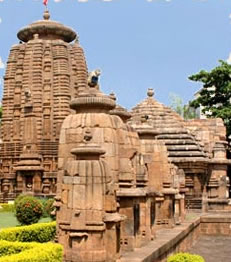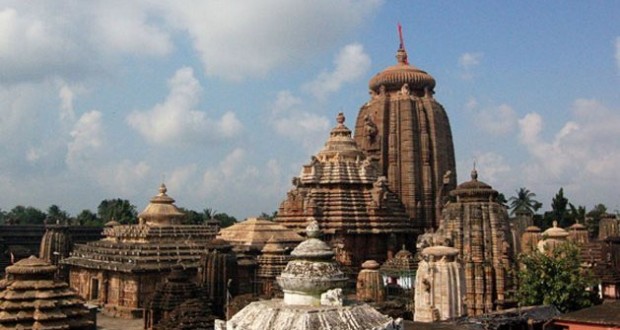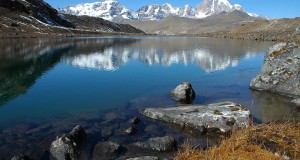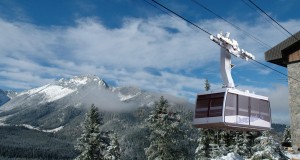 status activity of the wealthy (to ensure them a place in heaven) and was carried on with vigour by ensuing kings and rulers. But then came the Mughal conquest of the 16th century, and all but 500 or so of these distinctive beehive-shaped temples were destroyed. Today, there remain only 100 ‘living’ temples (shrines where the gods’ lifeforce is maintained by regular devotions), and only a small group of 30 of these can be said to be well preserved. Despite the ravages of time, these few noble survivors testify to the glory of an ancient civilisation that in terms of art and culture was perhaps the finest that India ever produced.In ancient times, Orissa formed part of the powerful kingdom of Kalinga. At that time, Bhubaneshwar was known as Ekamrakshetra and was one of five religious centres in the state. It became a major place of pilgrimage, being considered a favourite resort of Lord Shiva, just as holy as his first preference, Varanasi. Here at Bhubaneshwar, Shiva was—and still is—worshipped as Tribhuvaneswara (Lord of the Three Worlds) or Lord Lingaraj. From this title, the city derives its name. At the peak of their power, the Kalinga kings suddenly came into head-on collision with Ashoka, the powerful Mauryan emperor. Around 260 BC, Ashoka dealt the Kalingan forces such a crushing blow that—appalled at the resultant carnage—he turned his back on violence forever and embraced the Buddhist faith of peace and compassion. To mark this event, Ashoka left a famous set of rock edicts at Dhauli, 8 km (5 miles) south of Bhubaneshwar.Buddhism quickly faded, and under the rule of Kharavela (the third Chedi king) Jainism was restored as the faith of the people. It was during his reign that the twin hills of Udayagiri and Khandagiri 8 km (5 miles) west of Bhubaneshwar became important Jain centres and the famous caves were created.
status activity of the wealthy (to ensure them a place in heaven) and was carried on with vigour by ensuing kings and rulers. But then came the Mughal conquest of the 16th century, and all but 500 or so of these distinctive beehive-shaped temples were destroyed. Today, there remain only 100 ‘living’ temples (shrines where the gods’ lifeforce is maintained by regular devotions), and only a small group of 30 of these can be said to be well preserved. Despite the ravages of time, these few noble survivors testify to the glory of an ancient civilisation that in terms of art and culture was perhaps the finest that India ever produced.In ancient times, Orissa formed part of the powerful kingdom of Kalinga. At that time, Bhubaneshwar was known as Ekamrakshetra and was one of five religious centres in the state. It became a major place of pilgrimage, being considered a favourite resort of Lord Shiva, just as holy as his first preference, Varanasi. Here at Bhubaneshwar, Shiva was—and still is—worshipped as Tribhuvaneswara (Lord of the Three Worlds) or Lord Lingaraj. From this title, the city derives its name. At the peak of their power, the Kalinga kings suddenly came into head-on collision with Ashoka, the powerful Mauryan emperor. Around 260 BC, Ashoka dealt the Kalingan forces such a crushing blow that—appalled at the resultant carnage—he turned his back on violence forever and embraced the Buddhist faith of peace and compassion. To mark this event, Ashoka left a famous set of rock edicts at Dhauli, 8 km (5 miles) south of Bhubaneshwar.Buddhism quickly faded, and under the rule of Kharavela (the third Chedi king) Jainism was restored as the faith of the people. It was during his reign that the twin hills of Udayagiri and Khandagiri 8 km (5 miles) west of Bhubaneshwar became important Jain centres and the famous caves were created.
Under successive kings, the temple for Lord Jagannath was built at Puri (8th century AD), the  worship of Shiva (Shaivism) replaced Jainism and many temples were erected at Bhubaneshwar (9th century), and the cult of Surya, the Sun God, became strong, resulting in the creation of the famous temple at Konarak (13th century).
worship of Shiva (Shaivism) replaced Jainism and many temples were erected at Bhubaneshwar (9th century), and the cult of Surya, the Sun God, became strong, resulting in the creation of the famous temple at Konarak (13th century).
Muslim incursions from both the north-west and the south (Golconda) led at last to the overthrow of the Hindu rulers. Thereafter, Orissa was held successively by the Muslims, the Afghans, the Marathas, and finally (in AD 1803) by the British.
Bhubaneshwar today is remarkably unlike a major state capital. It is clean, fairly free of traffic but spread out, and it backs onto large expanses of lush meadowland and green fields. A new city of modern buildings has recently sprung up to the north of the old temple town, but there is no real sense of contrast. Ancient sandstone temple spires soar above new hotels and restaurants, and modern paved roads fade into dusty old dirt-tracks. But Bhubaneshwar ‘s progress is taking place in the context of its old traditions and culture, and it’s almost impossible to believe that this small, relaxed, semi-rural city administers the affairs of 25 million people.
The best general time to visit is the cool season of October–February, though it is still very pleasant (and more relaxing) in March. After this, it’s far too hot for comfort. The main festival of Ashokastami takes place over 5 days at the end of March at the Lingaraj. It’s nothing like as grand as Puri’s Rath Yatra, but you still get the spectacle of Lord Lingaraj being towed round town, visiting his relatives, by thousands of delirious devotees.





